There’s nothing quite like visiting an observatory. Observatories offer awe-inspiring views of objects in our solar system and deep space. Often what we can see at these astronomy centres is better than you’ll ever see on your own, even if you own a telescope.
From the Pacific Northwest to New England to the Southeast….the USA is home to more than 60 International Dark Sky Parks – a guide to the best places to witness a sea of stars and constellations with unobscured views.
READ MORE: The best places to visit around the world in April
What is an observatory?
Ever marvelled at the stars and wondered what mysteries does space hold? Well, that’s why we have observatories. An astronomical observatory is a place or building used for observing events in space. An observatory is used by astronomers to collect light from natural objects in space. This includes the radio, infrared and visible light (optical) regions of the electromagnetic spectrum.
It is also a great way to satisfy your curiosity about the wonders of space and give you a chance to see the stars and planets close up through a telescope.
Here are the 9 US observatories that you have to visit.
A remote Texan marvel
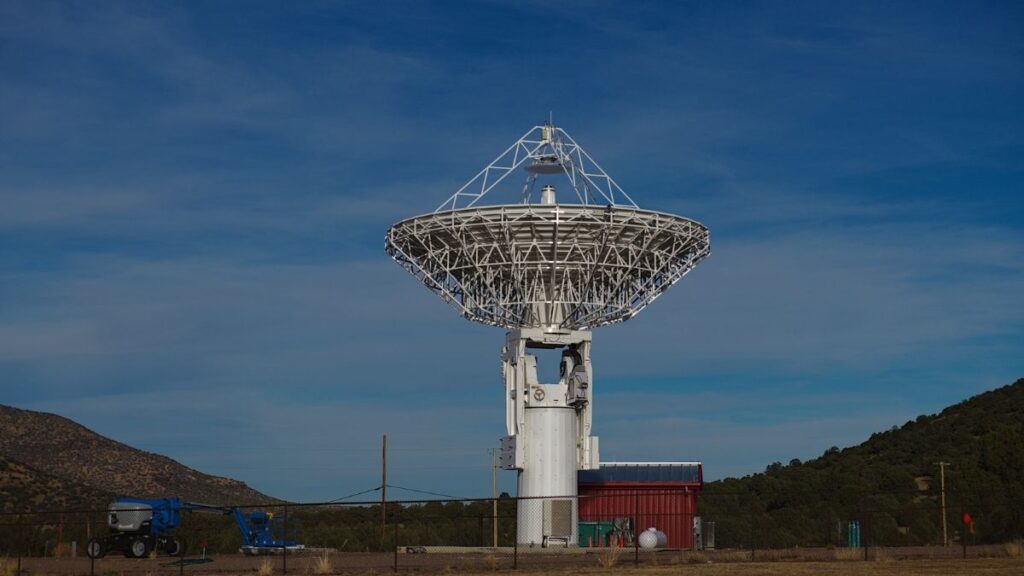
Tucked away in the remote Davis Mountains of West Texas, the McDonald Observatory provides unparalleled views of some of the darkest skies in the continental USA.
Surrounded by a rugged yet stunning landscape, the observatory features a visitor centre and exhibits throughout the year. During its weekly star parties, relish views of the surrounding mountains in silhouette while spotting constellations and other celestial objects. For activities beyond the stars, nearby Davis Mountains State Park provides hiking, backpacking and horseback riding adventures.
See the observatory from the movie ‘Contact’ in New Mexico
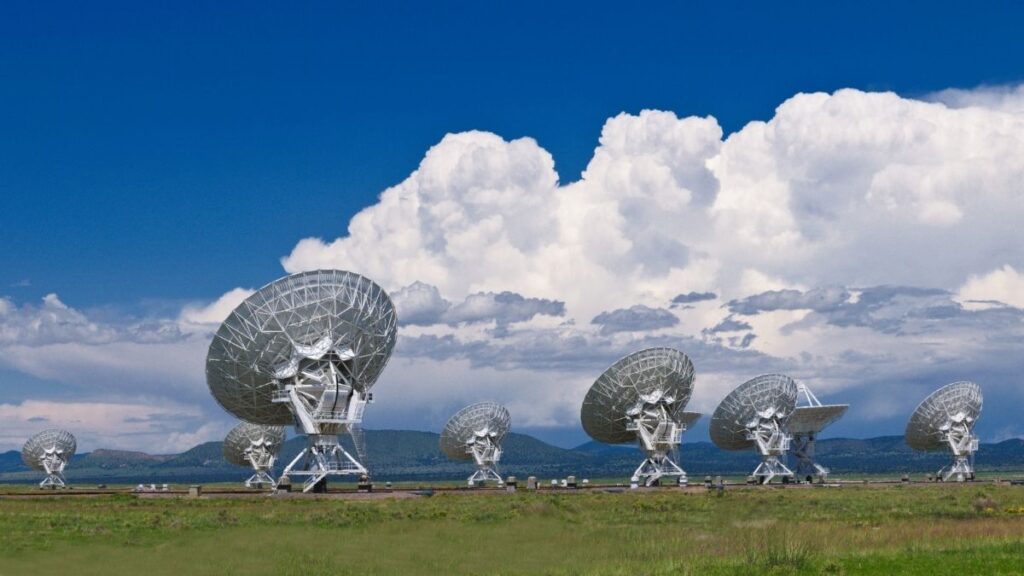
Only two hours from Albuquerque in Socorro, New Mexico, sits the National Radio Astronomy Observatory’s Very Large Array. One of several observatories to take advantage of New Mexico’s vast deserts, the Very Large Array has been featured in popular movies such as 1997’s “Contact” starring Jodie Foster.
Stop by the Visitor Center, browse the gift shop, see science exhibits or take a self-guided walking tour. For deeper insight into the Very Large Array and radio astronomy, visit the auditorium to view a short documentary narrated by Foster.
View the stars where the film stars hang out in California
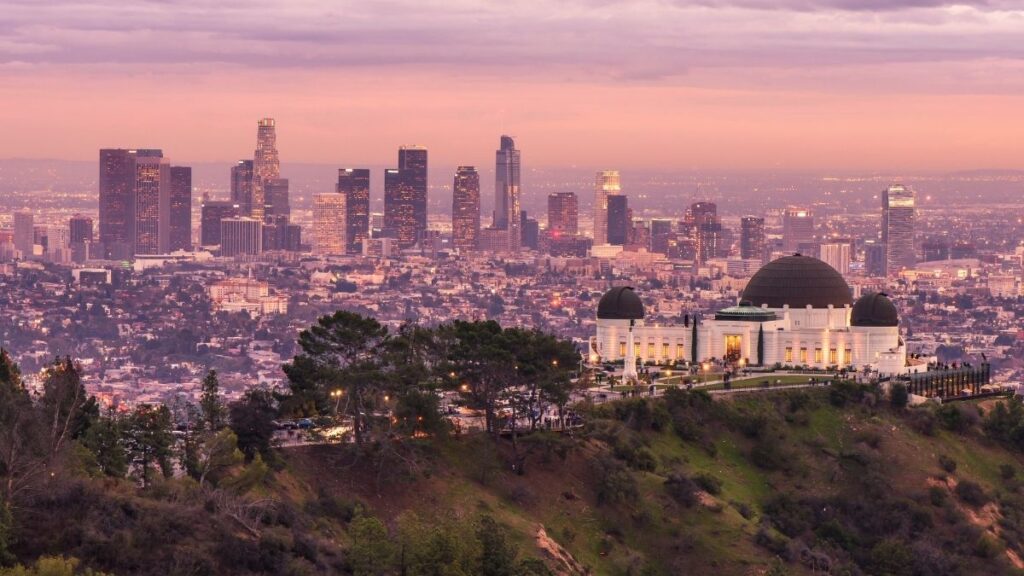
Considered one of the most popular observatories in the world, the Griffith Observatory in Los Angeles is a Southern California icon that’s been featured in numerous Hollywood films such as “La La Land” and “The Terminator.” Featuring an array of telescopes, science exhibits, star parties and other special events, the observatory is an astronomical wonderland open to the public.
Stop by the Samual Oschin Planetarium, where events are presented live (rather than recorded). At the Leonard Nimoy Event Horizon Theater, watch the film “The Once and Future Griffith Observatory,” which details its history and recent renovations. Surrounding the observatory, explore its grounds for an epic view of the city or go for a hike in Griffith Park.
Use the world’s most powerful telescope in Arizona
Originally erected in Milan, Italy, before being shipped to Arizona in 2002, the large binocular telescope at the Mt. Graham International Observatory can deliver images ten times sharper than the Hubble Space Telescope. It’s the world’s most powerful telescope, and public visits are available by advance reservation from May through October.
See 50 million light-years away from Palm Springs
The observatory architect-designed Rancho Mirage Observatory to look like a comet from up above – the main dome serves as the comet head and the curved deck is its tail. There are five different telescopes at the Rancho Mirage Observatory. The main telescope is inside the 360-degree dome and four others are located on the deck.
The main telescope provides the brightest and most magnified view of the skies up to 50 million light-years away (for comparison, the centre of the Milky Way is 24 to 28 thousand light-years away). The telescopes on the deck provide views with up to 100 times magnification, bringing the public closer to the stars than ever before.
Daytime tours offer visitors a tour of the observatory and a look into a solar telescope. Guests have a chance to see the surface of the Sun and hydrogen gas through an H Alpha filter.
Travel to the top of a mountain in Hawaii
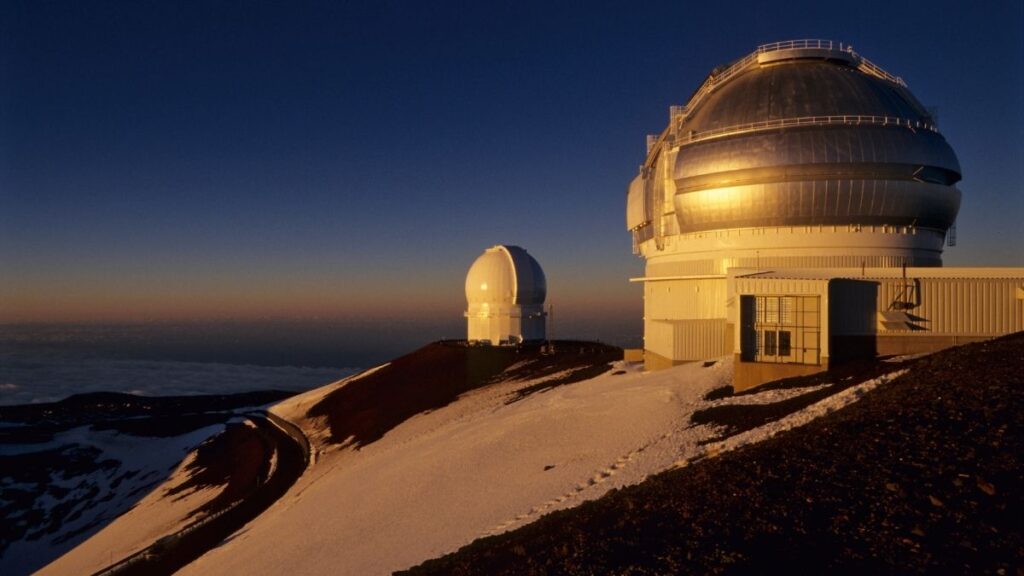
Hawaii Island is more than sandy beaches and cerulean waves. Standing tall atop Mauna Kea, Hawaii’s tallest mountain at an elevation of over 4,200 meters, is a cluster of famed observatories. To start, visitors should head to the W.M. Keck Observatory Headquarters in nearby Waimea to learn about the observatories and shop for souvenirs. Next, travel up the mountain to an elevation of around 2,800 meters to the Mauna Kea Visitor Information Station.
This is an ideal spot to get a deeper understanding of the mountain and observatories or see the stars without having to trek to the summit. If you travel to the summit, it’s recommended to book a guided tour with a permitted company. The journey requires four-wheel drive and many rental car companies prohibit vehicles from traversing the rough terrain. On the summit, the W.M. Keck Observatory Visitor’s Center features galleries and exhibits on research and operations. Marvel at views of the Keck 1 telescope dome and the surrounding beauty of the island.
Step inside a cosmic cathedral in New York
Operating out of the Department of Astrophysics at the American Museum of Natural History in NY, the new Hayden Planetarium sits in the stunning Rose Center for Earth and Space building. The previous planetarium was closed and demolished in 1997, and in its place sits a 2,000-ton sphere that contains the planetarium. The 87-foot-diameter sphere is housed within a 95-foot-high cube of suspended glass, creating what some have called a “cosmic cathedral.” Two different theatres take visitors on virtual journeys, and the planetarium is also available to rent as an event space if you fancy a wedding in space.
Visit the largest all-digital planetarium in the world in San Francisco
Located inside the California Academy of Sciences the 75-foot domed Morrison Planetarium is the largest all-digital planetarium in the world. It’s a great spot for family trips. While the architecture of the California Academy of Sciences building doesn’t look like other planetariums and observatories, it’s still an important structure. Architect Renzo Piano built a 2.5-acre “living roof” for this green building that uses sustainable materials and boasts two domes that cover the planetarium and the rain forest exhibition.
Sleepover and learn about the night sky in Arizona
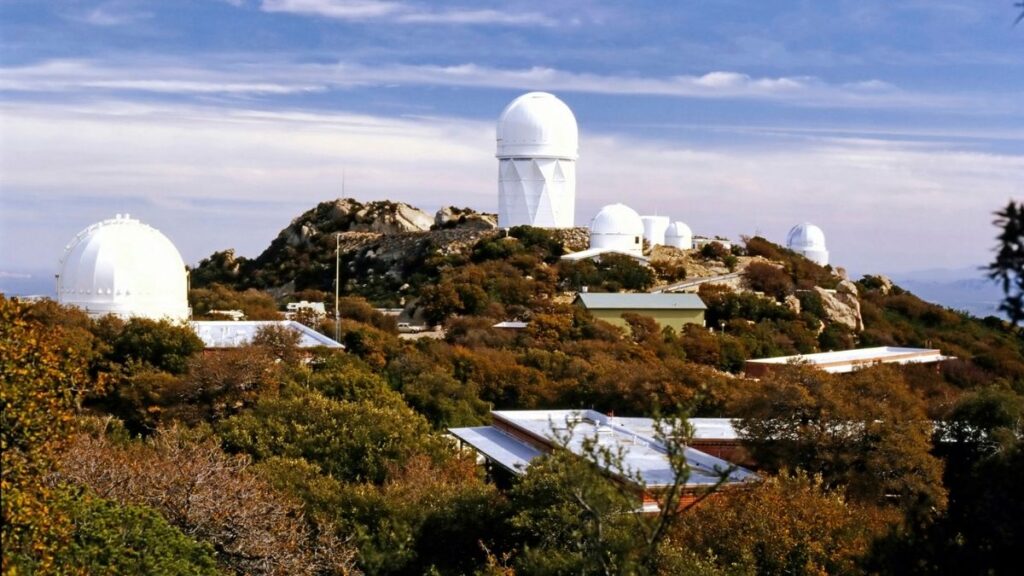
Nestled in the terracotta landscape outside Tucson, Arizona, Kitt Peak National Observatory is home to one of the world’s largest and most diverse collections of research telescopes. During the day, visitors can tour the grounds via self-guided, guided or VIP programs. See the innovative McMath-Pierce Solar telescope, or partake in solar viewings via special telescopes.
The popular Nightly Observing Program draws in visitors from near and far, as do the more intimate Dark Sky Discovery and Night of Marvelous Moon programs. The Overnight Telescope Observing Program provides the opportunity to view deep-sky objects with the guidance of an expert, while the three-day Astrophotography Workshop teaches the basics of night sky imaging.
To round out your visit, head to the Tohono O’odham National Cultural Center & Museum for an in-depth look at local Native America culture. Tour the Arizona-Sonora Desert Museum’s botanical garden to learn about Arizona’s natural history, or head to Saguaro National Park and hike winding desert trails surrounded by towering cacti.

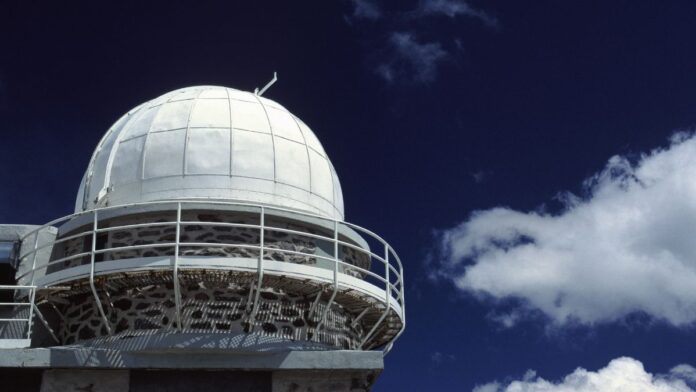
Its great as your other articles : D, appreciate it for putting up.